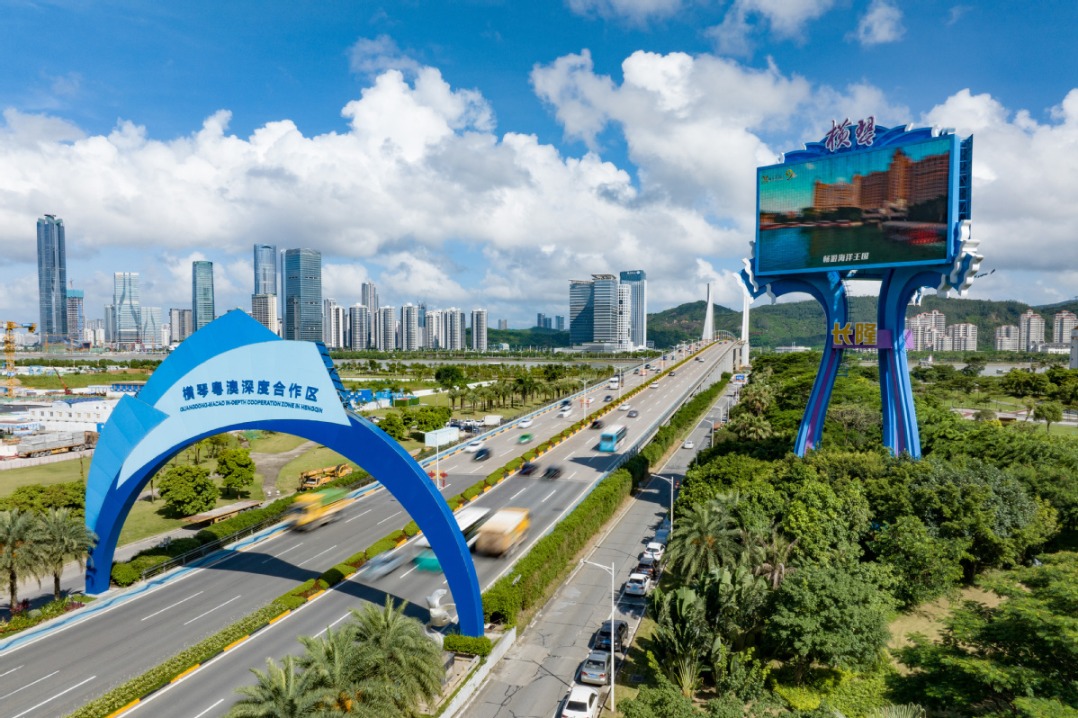How internet of things can benefit everyone


At a telecommunications conference hosted by Huawei late last year, I told a group of senior executives looking for growth opportunities in a saturated market that about 1 billion new mobile subscribers were just waiting for their services. Then, I showed them a photograph of a cow.
People took photographs of my presentation with their smartphones. Some chuckled; maybe they thought I was joking. But I was dead serious.
Chinese dairy farmers are already connecting their herds to the internet. Cows wear collars with wireless sensors that collect biometric data such as body temperature and heart rate. Insights from this information are then used to improve milk production, helping farmers earn an extra $420 per cow per year, and increase overall profits by 50 percent annually.
But, whether the business is bovine-related or brain surgery, information always enhances decision-making. That's why we in the telecom industry believe the world would benefit by re-imagining digital connectivity.
Connecting more "things" to the internet has the potential to increase efficiency, lift productivity, reduce waste, and fuel economic growth. According to a McKinsey Global Institute study, a fully networked internet of things could add up to $11 trillion to the global economy every year by 2025. Realizing these benefits, however, will require changes in how data are delivered and managed.
Today's broadband networks were built to serve people; they are used to make phone calls, chat by video, surf the web, and play online games, and thus are fairly limited in scope.
Scenarios for connecting things are much more diverse. For example, a networked shipping container crossing the ocean must have extended wireless range, but it doesn't need superfast response speeds. The opposite is true for virtual reality headsets, which require ultralow delay, or latency, to give viewers an immersive experience. By 2025, the world will have some 100 billion connected devices, and to derive maximum value from these linkages, we will need to optimize our networks for things as well as people.
The first step in doing that is ensuring that future networks have enough bandwidth to handle applications such as high-definition video, which will soon account for the majority of user traffic. A particular challenge will be upgrading systems to handle industrial video, which is fast becoming integral to modern manufacturing. For example, chip foundries use machine vision to check integrated circuits for microscopic defects, a process that requires extraordinarily high resolution. To transmit this information, cameras need bandwidths of up to 10 gigabits per second, and a single factory may have 1,000 cameras running simultaneously.
Second, when it comes to data latency, today's networks are designed for human perception, which tolerates a fairly high degree of delay. On a phone call, for example, a 50-millisecond wait is imperceptible to the human brain. Power grids, on the other hand, need a consistent latency of 20 milliseconds or less. To support connected grids, "smart" robots, and other machines, next-generation networks will need to be faster and have even greater capacity.
Third, the networks of tomorrow will need to be automated, self-optimizing and self-repairing. Artificial intelligence will allow basic network functions to be placed on autopilot, and simple economics will make this a necessity. Once the internet of things starts supporting billions of connections among cars, trains, factories and hospitals, operating costs will skyrocket unless networks can be maintained with little human intervention.
And finally, to bring the internet of things to life, policymakers will need to support the development of advanced networks that can transmit larger volumes of data faster. In particular, the wireless spectrum-airwaves across which data travel invisibly to and from connected devices-will form the basis of many digital services. But spectrum, just like water and oil, is a limited resource. Most countries will need to release more spectrum space for wireless communications, increasing usable airwaves by anywhere from 50 percent to 100 percent.
Every business in every industry can benefit from these advances. But to realize this future, we must begin thinking differently about how networks and business models interact. After all, in a world of deepening connections, everything is a potential new subscriber.
The author is deputy chairman and rotating CEO at Huawei Technologies. Project Syndicate

































